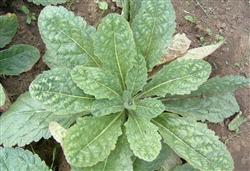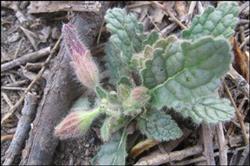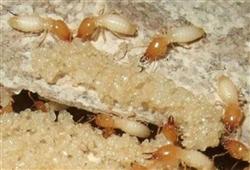Planting Rehmannia glutinosa: what are the diseases and insect pests of Rehmannia glutinosa?

What diseases and insect pests does rehmannia have? How to prevent it? Please help introduce friends. Dihuang diseases and insect pests include soybean cyst nematode disease, red spider, pseudoleopard butterfly, aphid, black tiger, mole cricket and beetle. Detailed control methods can be listed as follows: 1. Prevention and control of soybean cyst nematode disease: 1. Agricultural measures rotation, rotation with cereal crops for 1~2 years; increase phosphorus fertilizer, timely irrigation. 2. Pesticide control: 3% carbofuran granules, 2~4kg per mu, applied in the sowing ditch, covered with soil after application, or 3% isosaliphos methyl granules, 5~ 6kg per mu, applied in the ditch, covered with soil after application. 2. Control methods of red spiders: occur between June and July. It can be sprayed twice with 8% Lesben 1000~2000 times solution or 20% chlorphenamine with high and low toxicity. Third, the control of Parasiparodon: 1, clean the countryside;2, young stage with 90% trichlorfon 800 times liquid spray kill. IV. Control of aphids: spray aphids with 80% dichlorvos 1500~2000 times solution. 5. Prevention and control of underground pests such as ground tiger, mole cricket and beetle: 80% trichlorfon wettable powder 100g plus a small amount of water, mixed with fried wheat bran or bean cake 5kg, sprinkled in the evening to trap and kill. Click for more rehmannia cultivation technology Click for more herbal cultivation technology
- Prev

Rehmannia planting: how to manage Rehmannia glutinosa seedlings?
How to manage the seedling stage of Rehmannia glutinosa? What should I pay attention to? Please introduce the methods of Rehmannia glutinosa seedling stage management can refer to the following methods: 1. Weeding in intertillage: from the end of April to the beginning of May, the management should focus on weeding. During this period of emergence of Rehmannia glutinosa, weeds in the field should be removed in time to prevent weeds.
- Next

Ganoderma lucidum planting technology: how to control termites by planting Ganoderma lucidum?
How to control termites by planting Ganoderma lucidum? Please introduce termites, also known as termites, belonging to Isoptera, termite family. Termites mainly occur in hilly and mountainous areas, but less in plain areas. Termites are a large family, most prosperous in the tropics and subtropics. Ants mainly eat wood in the cultivation of edible fungi such as Ganoderma lucidum. ...
Related
- Fuxing push coffee new agricultural production and marketing class: lack of small-scale processing plants
- Jujube rice field leisure farm deep ploughing Yilan for five years to create a space for organic food and play
- Nongyu Farm-A trial of organic papaya for brave women with advanced technology
- Four points for attention in the prevention and control of diseases and insect pests of edible fungi
- How to add nutrient solution to Edible Fungi
- Is there any good way to control edible fungus mites?
- Open Inoculation Technology of Edible Fungi
- Is there any clever way to use fertilizer for edible fungus in winter?
- What agents are used to kill the pathogens of edible fungi in the mushroom shed?
- Rapid drying of Edible Fungi

